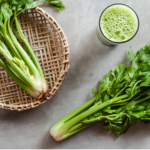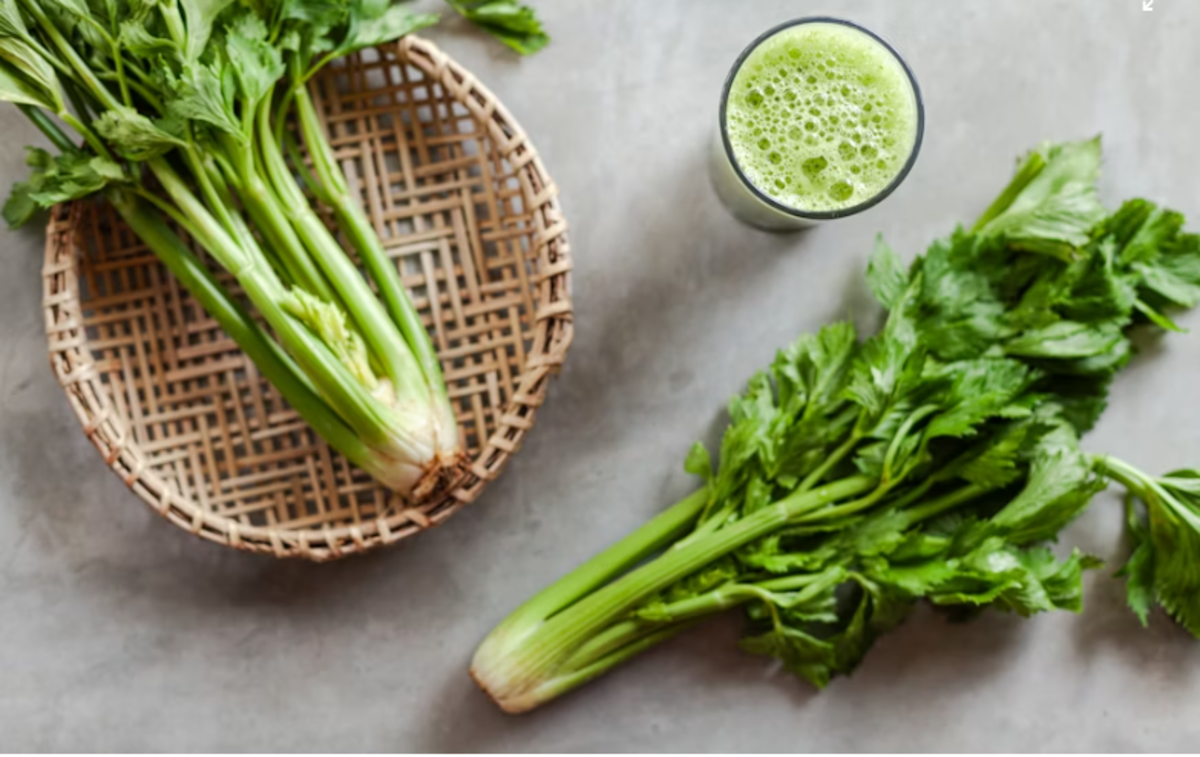When it comes to the world of traditional dishes, Pollaste stands out as a unique and flavorful offering that brings together rich cultural history, simplicity, and delicious ingredients. For those unfamiliar with the dish, Pollaste refers to a traditional preparation of chicken, often infused with a blend of spices and cooked to perfection. Its origins are rooted in family gatherings, celebrations, and everyday meals, making it a timeless classic in many households.
Let’s embark on a journey to uncover the history, preparation, and the significance of Pollaste, as well as why it continues to captivate taste buds across generations.
What is Pollaste?
Pollaste is a traditional dish, often based on roasted or grilled chicken, that carries deep cultural importance. In its essence, Pollaste translates to “chicken” in many Latin-based languages, such as Catalan or Italian, but its culinary identity goes far beyond a simple roast. Pollaste is usually marinated in a medley of spices, herbs, and aromatics that give it a distinctive and mouth-watering flavor.
Origins of Pollaste
The dish has its roots in Mediterranean cuisine, where poultry has always been a staple. Pollaste was traditionally prepared during festivals, holidays, and family gatherings, symbolizing prosperity and unity. Many regions have their own versions of the dish, with local spices and cooking methods influencing the flavor profile.
For example, in Catalonia, Pollaste could be marinated with regional herbs like rosemary and thyme, while in southern Italy, it might be infused with garlic, olive oil, and lemon zest. Each region has put its own unique twist on the dish, but the essence of Pollaste remains the same—a simple yet hearty meal that brings people together.
The Significance of Pollaste in Traditional Celebrations
Pollaste is not just a dish; it’s an experience. In many cultures, preparing it is a ritual passed down through generations. Whether it’s served at a family dinner or a grand festival, the dish signifies abundance, hospitality, and love. It’s a way to showcase culinary skills while also honoring family traditions.
During holidays such as Christmas, Easter, or local festivals, it is often the centerpiece of the feast. The process of marinating, cooking, and presenting the dish is as important as enjoying it, with families often gathering in the kitchen to prepare the meal together.
How Pollaste Is Prepared: A Step-by-Step Guide
The beauty of Pollaste lies in its simplicity. The basic recipe revolves around fresh, high-quality chicken, a fragrant marinade, and a cooking method that brings out the best in the ingredients. While the ingredients may vary based on region or family tradition, here’s a general guide on how Pollaste is made.
Ingredients :
To make an authentic Pollaste, you will need:
- Whole chicken (or chicken pieces like thighs and drumsticks)
- Olive oil – the base for the marinade
- Lemon juice – adds freshness and acidity
- Garlic – for a robust, aromatic flavor
- Herbs – typically rosemary, thyme, and parsley
- Salt and pepper – to season the chicken
- Paprika (optional) – for a hint of smokiness
- White wine (optional) – enhances the depth of flavor
- Onions and carrots (optional) – for roasting alongside the chicken
Marinating the Chicken
The key to a flavorful Pollaste is in the marinade. The chicken is generously coated with a mixture of olive oil, garlic, lemon juice, and herbs. Some recipes call for adding white wine to the marinade to tenderize the meat and add complexity. The chicken should be marinated for at least 4-6 hours, but overnight is best, allowing the flavors to fully penetrate the meat.
Cooking Methods for Pollaste
There are several ways to cook it, depending on personal preference and tradition. Here are some of the most common methods:
Oven-Roasted
This is the most popular method for cooking it. The marinated chicken is placed in a roasting pan, sometimes on a bed of onions, carrots, or potatoes, and cooked in the oven at a low temperature. The chicken is roasted until the skin is crispy and the meat is juicy and tender. Basting the chicken with its own juices during the cooking process ensures that it remains moist and flavorful.
Grilled
For a smokier flavor, it can be grilled over charcoal or an open flame. The chicken is cooked slowly, allowing the marinade to caramelize on the outside while locking in the moisture. Grilled Pollaste is perfect for outdoor gatherings and summer feasts.
Pollaste A La Brasa (Wood-Fired)
In some regions, it is cooked in a wood-fired oven, which gives it a distinct smoky flavor that cannot be replicated by conventional ovens. The high heat of the wood fire creates a beautifully charred exterior while keeping the meat tender and juicy. This method is often reserved for special occasions.
Serving Pollaste
It is often served with simple sides that complement the richness of the chicken. Some common accompaniments include:
- Roasted vegetables (such as potatoes, carrots, and onions)
- Fresh salads with seasonal greens
- Rice or couscous
- Crusty bread to soak up the flavorful juices
A squeeze of fresh lemon juice over the chicken right before serving brightens the flavors and adds a touch of acidity that balances the richness of the dish.
Variations of Pollaste
Like many traditional dishes, it has evolved over time, and different regions have developed their own variations of the recipe. Here are a few popular twists on the classic Pollaste:
Pollaste a la Catalana
In Catalonia, Pollaste a la Catalana is a festive dish often served during the holidays. It’s typically made with a combination of chicken and dried fruits like prunes and apricots, which are added to the roasting pan. The sweetness of the fruit complements the savory flavor of the chicken, creating a perfect balance of flavors.
Pollaste al Limone (Lemon Chicken)
A classic variation from southern Italy, Pollaste al Limone emphasizes the use of lemon as the star ingredient. The chicken is marinated in a lemon and garlic mixture, giving it a bright, zesty flavor that’s perfect for summer meals. Often grilled or baked, this version of Pollaste is served with a simple salad or vegetables.
Spiced Pollaste
In some regions, Pollaste is prepared with a blend of spices, such as paprika, cumin, and coriander, which gives the dish a warmer, more robust flavor. This version of Pollaste is often served with rice or couscous and pairs well with yogurt-based sauces or chutneys.
Why Pollaste Endures: A Dish for All Occasions
It has remained a beloved dish for generations because of its versatility and timeless appeal. Whether served at a family dinner, a holiday feast, or a casual gathering, it always brings people together. Its simple ingredients and straightforward preparation make it accessible to home cooks, while its depth of flavor and cultural significance keep it firmly rooted in tradition.
Pollaste as a Comfort Food
At its heart, it is comfort food. It’s the dish that reminds people of home, family, and shared moments around the dinner table. Its hearty, satisfying flavors make it perfect for cold winter nights, while its adaptability means it can be enjoyed year-round.
A Dish That Stands the Test of Time
In a world of fast food and convenience meals, it is a reminder of the joys of slow cooking and careful preparation. The process of marinating, roasting, and savoring a perfectly cooked Pollaste is one that connects us to the past while still feeling relevant in today’s culinary world.
Conclusion: The Timeless Appeal of Pollaste
Pollaste is more than just a meal—it’s a celebration of tradition, family, and the simple pleasures of good food. Whether you’re roasting it in the oven, grilling it over an open flame, or preparing it with a regional twist, itremains a dish that brings warmth and comfort to the table. As a timeless classic, it’s a recipe that will continue to be passed down through generations, loved by all who savor its rich, flavorful goodness.










